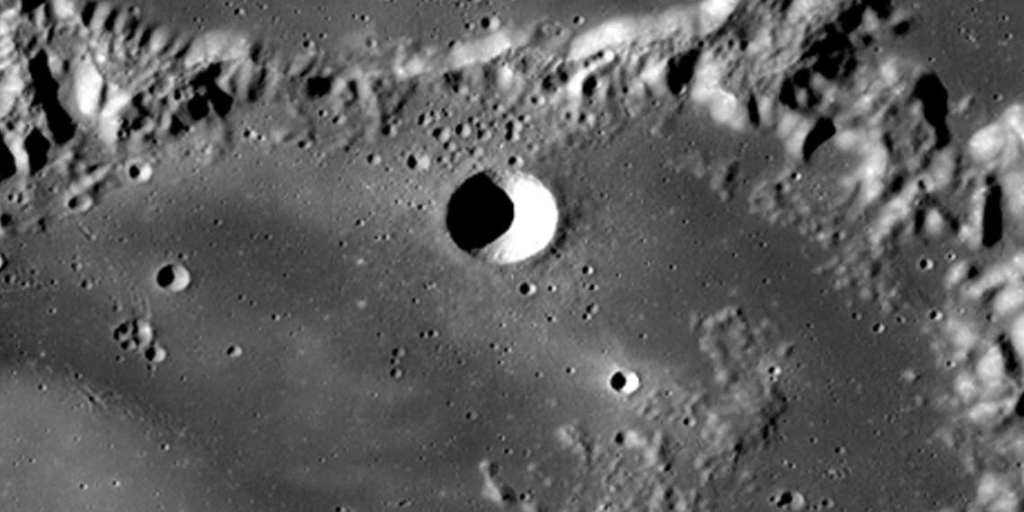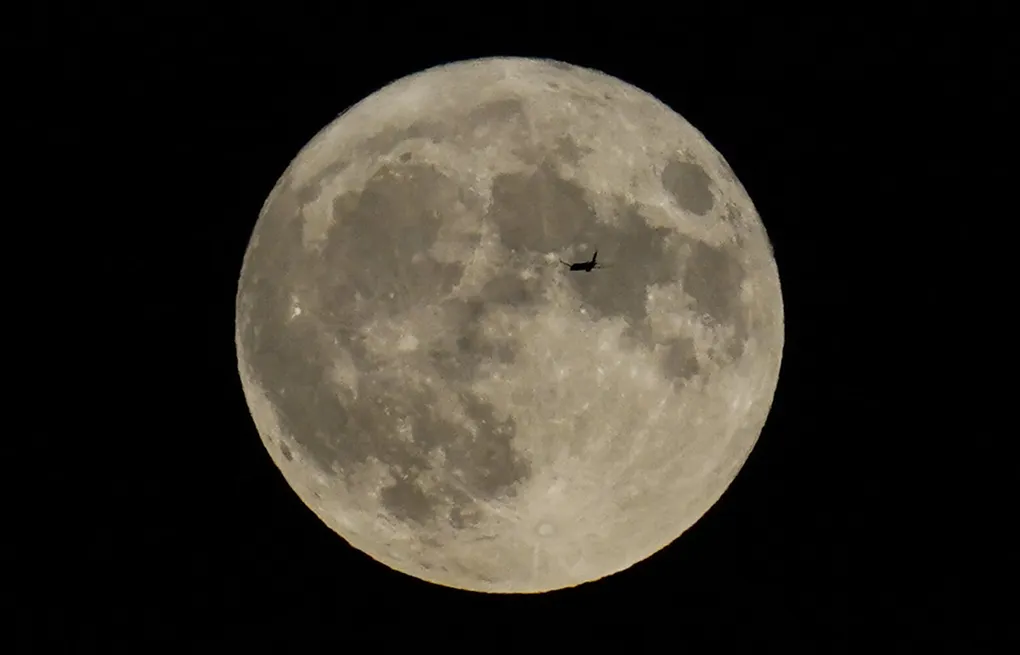Scientists have recently confirmed the existence of a sizable cave on the moon, situated near the historic landing site of Apollo 11’s Neil Armstrong and Buzz Aldrin. This cave, located within the Sea of Tranquility just 250 miles from the original landing site, is accessible through a collapsed lava tube, a phenomenon observed in over 200 locations on the lunar surface.
Utilizing radar data from NASA’s Lunar Reconnaissance Orbiter and comparing it with terrestrial lava tubes, researchers have estimated the cave to be at least 130 feet wide and several tens of yards long.
The discovery marks a significant breakthrough after decades of speculation about lunar caves. Leonardo Carrer and Lorenzo Bruzzone from the University of Trento expressed excitement over finally confirming the existence of such a feature, emphasizing its potential importance for future lunar exploration.

The cave’s location and characteristics suggest it could serve as a promising site for a lunar base, offering protection from the moon’s harsh surface environment and supporting sustained human presence.
Despite these possibilities, establishing habitable structures within these caves poses significant challenges. Researchers highlight the need to reinforce cave walls to prevent collapse and the potential requirement for advanced technologies such as jet packs or lifts to navigate the depths of these lunar pits safely.
Nevertheless, the untouched materials within these caves could provide valuable insights into the moon’s geological history, offering scientists a glimpse into its past volcanic activities and evolution over millennia.
This discovery aligns with current global efforts in lunar exploration. For example, China’s Chang’e 6 mission recently retrieved rock and soil samples from the moon’s surface, aimed at enhancing our knowledge of lunar geography and the distinctions between its hemispheres.
Scientists anticipate that ongoing research and technological progress will use these insights to prepare for human exploration of lunar caves in the coming decades. This endeavor holds the potential to expand our understanding of the moon and advance the frontiers of space exploration overall.

